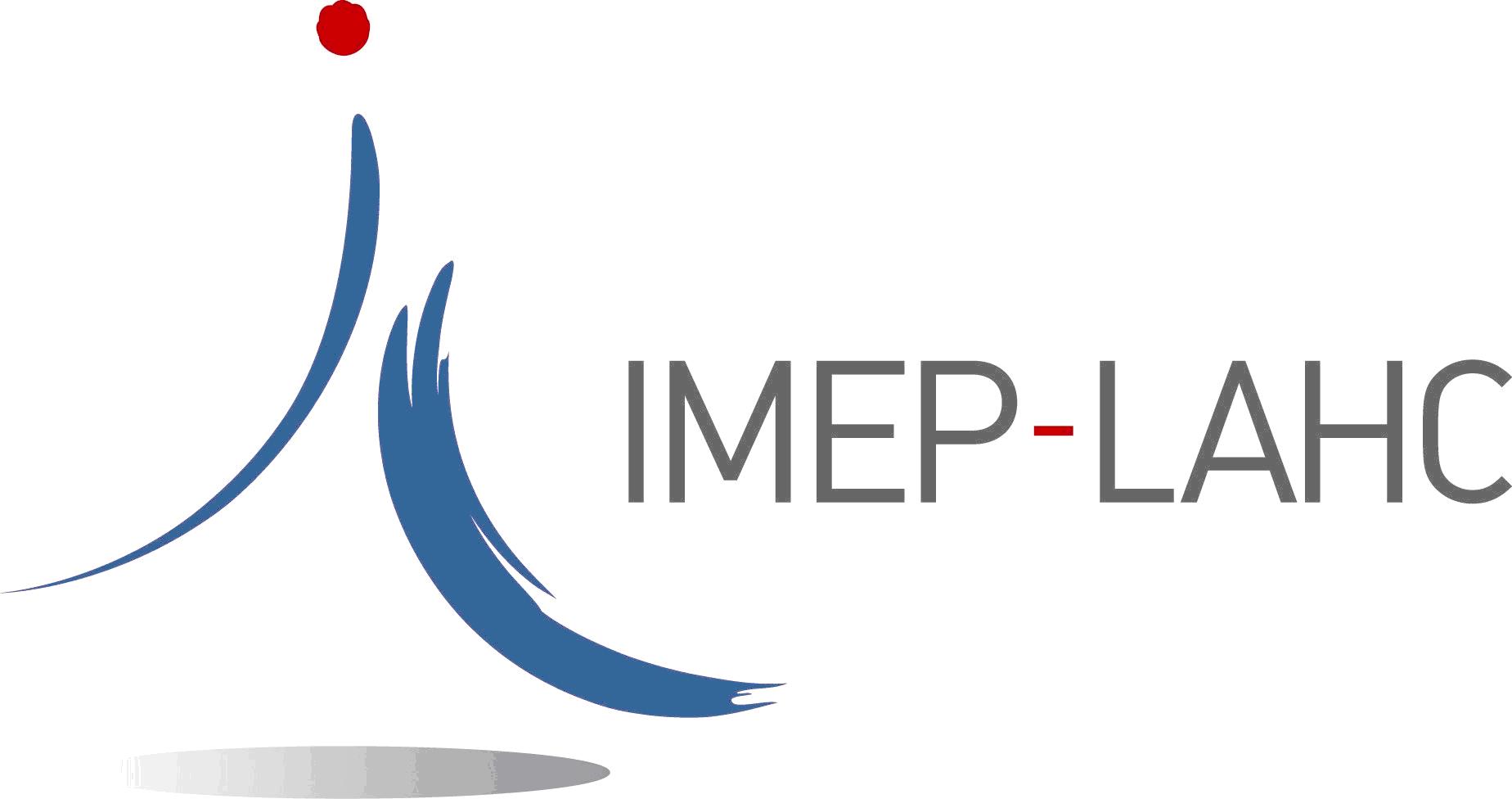Silicon on insulator sensors based on out-of-equilibrium reading for in-liquid applications
Published : 4 November 2021
 Silicon on insulator sensors based on out-of-equilibrium reading for in-liquid applications
Silicon on insulator sensors based on out-of-equilibrium reading for in-liquid applications
Internship duration and period:
4-6 months, between February 2022 to July 2022.
Advisor:
Irina Ionica, Irina.Ionica@grenoble-inp.fr
Context/objectives:
In the wide family of bio-chemical sensors, the ISFETs (Ion Sensing Field Effect Transistors) occupy a place of honor thanks to their multiple advantages such as miniaturization, sensitivity, co-integration with reading circuitry, connectivity, real-time monitoring, etc¹. The classical working principle is based on the shift of the threshold voltage of the transistor, induced by charges added in the proximity of its channel. Our team proved that SOI based devices are compatible with
an alternative original detection method, based on the shift of the out-of-equilibrium body potential (VB, in the figure aside).
The major advantage of measuring VB instead of the classic drain current /conductance resides in the strong potential signature, in a region were the current level is very low². This simplifies the measurement and can reduce the power consumption of the sensor.
A first objective of the internship is to fully bench-mark the two sensing methods on the same device.
![]()
In order to take this proof-of-concept from the “idea”-stage to real applications, eventually cointegrated with “green” materials, we’ll modify the architecture of the device and make it appropriate for liquid sensing and/or extended gate configuration. Indeed when moving to in-liquid applications, one expects to solve two (contradictory) issues: (1) the solid-state device must be encapsulated and protected from the liquid environment and (2) its sensing surface needs to be exposed to the liquid containing species to be sensed. A real benefit is to design and test a configuration with a disposable sensing surface that could be “plugged-in” an SOI device for the VB reading. The key-point at each development stage will be to ensure that the out-of-equilibrium potential is always detectable and even optimized in the alternative architectures.
Requested competences:
The topic is multidisciplinary and requires a wide panel of skills, covering technology, physics of semiconductor devices, electrical characterization and extraction of electrical parameters, simple functionalization steps, fluidics-related aspects…
The candidate is expected to enjoy experimental work, development of adapted protocols and be creative with respect to the possible solutions.
Application instructions:
send your CV, motivation letter (or e-mail) and transcript of records of the last 2 years to Irina.Ionica@grenoble-inp.fr.
We expect this internship to lead to a PhD thesis and we prefer candidates who are willing to continue during the PhD. An excellent track of records is mandatory.
—————————————————————————————————————————————————————————————-
1 Bergveld, P. Sensors and Actuators B: Chemical 2003, 88, (1), 1-20; Moser, N.; Lande, T. S.; Toumazou, C.; Georgiou, P. IEEE Sensors Journal 2016, 16, (17), 6496-6514.
2 Benea, L.; Bawedin, M.; Delacour, C.; Ionica, I. Solid-State Electronics 2018, 143, 69-76. Alepidis, M.; Bouchard, A.; Delacour, C.; Bawedin, M.; Ionica, I. ECS Meeting Abstracts 2021, MA2021-01, (59),
1589-1589.



 Contact us
Contact us How to find us
How to find us









